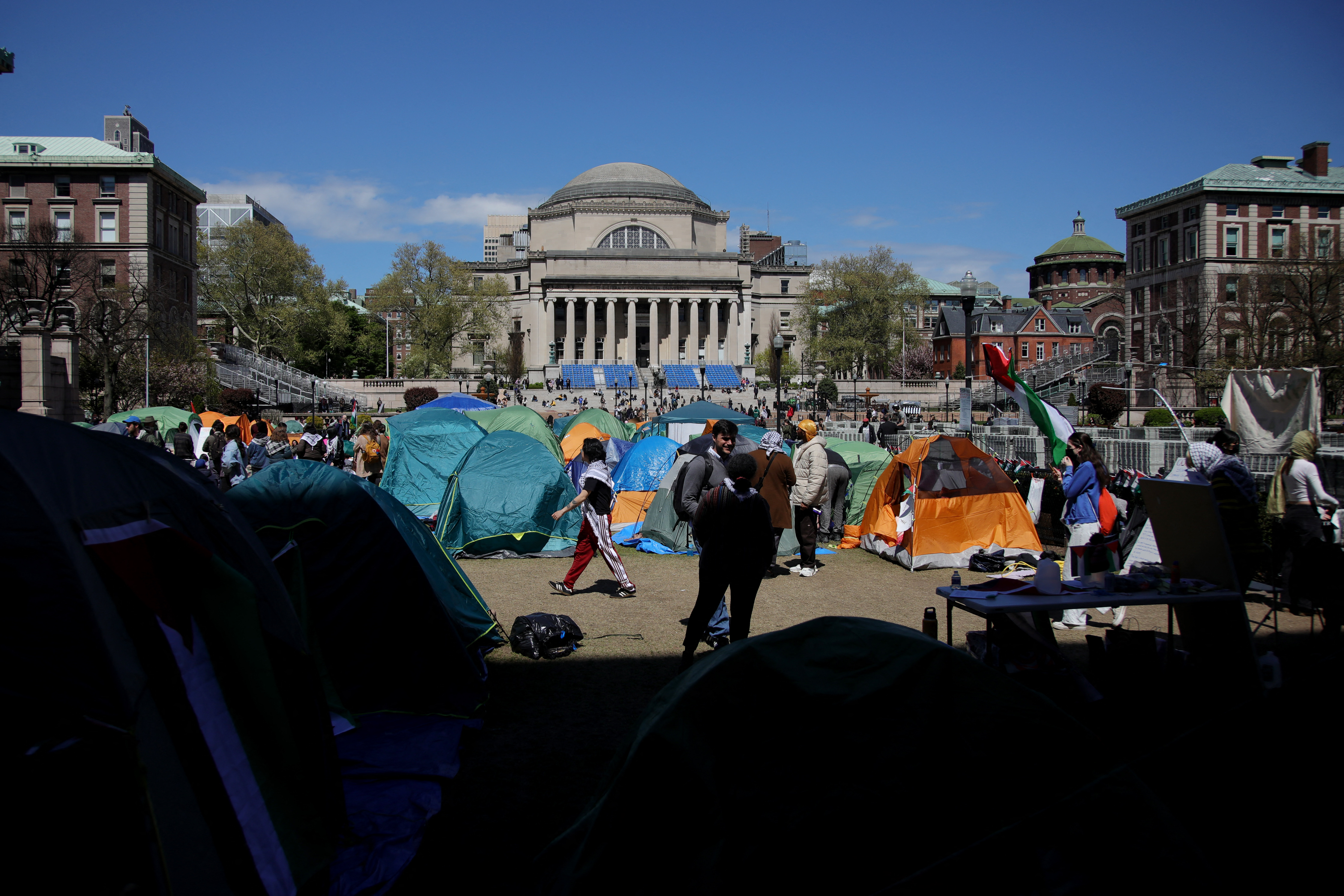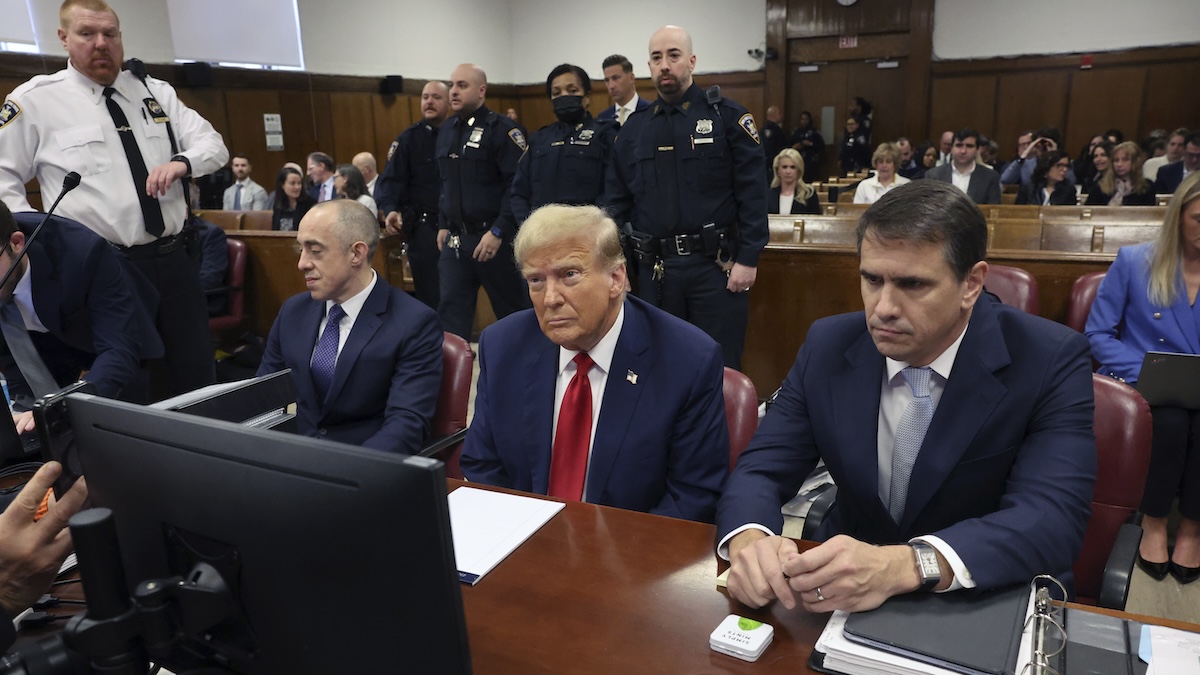Business leaders in Midtown Manhattan are demanding an end to Mayor Bill de Blasio’s pandemic policy of turning hotels into temporary homeless shelters. They also want to fend off criticism that theirs is a NIMBY – not in my back yard – crusade.
“The quality of life on the streets has degraded at a deplorable rate,” said Barbara Blair, President of the Garment District Alliance. “In West Midtown, there are over 4,300 individuals who have been placed there and it’s overwhelming,”
Blair and leaders of other Business Improvement Districts, known as BIDs, created a map showing 20 hotels converted to shelters between West 48th and West 29th Streets.
“If you concentrate so many people with severe problems in a small neighborhood, you’re going to have an environment that feels much more hostile,” said Dan Biederman, President of the 34th Street Partnership.
“There’s pretty heavy drug use. We must pick up like 75 to 100 needles a day,” said Robert Benfatto, President of the Hudson Yards Hell’s Kitchen Alliance.
For months now, residents on the Upper West Side have voiced similar concerns about homeless hotels clustered in their neighborhood. The calls for closing those temporary shelters were met by pushback from critics who say wealthy residents are engaging in NIMBYism, trying to push the city’s social problems onto other less privileged neighborhoods
The BID presidents say their critique of homeless hotels is different, partly because there are far more shelters clustered in Midtown West than other parts of the city.
News
“It has to be evenly distributed throughout the five boroughs,” Blair said.
She also stressed, the Garment District Alliance and other BIDs have funded programs to help find permanent housing for homeless individuals long before the COVID-19 crisis.
“The BIDs have been amazing partners,” said Frederick Shack, President of Urban Pathways, a homeless services nonprofit partly funded by BIDs. “They acknowledge and recognize it takes an entire community to address what is a longstanding social problem.”
Shack applauded City Hall for taking quick action to protect homeless individuals from COVID by moving them into the hotels, but he said the city has to do more to solve the underlying, longer term problem – a lack of permanent supportive housing for people who have lost their way.
According to the 2020 Mayors Management Report, the NYC Department of Homeless Services has a budget of about $2.3 billion dollars. That’s more than the FDNY budget. If you divided the DHS budget evenly between every homeless person served by the city, that would be nearly $40,000 per homeless client, per year. Shack said that kind of money could fund a lot of rent and a lot of construction of supportive housing units.
“The reality is that homelessness is the result of people not having a home, simply put,” Shack said. “I would much prefer the city to spend more money in creating permanent solutions.”
The de Blasio Administration did not respond to several inquiries for this story.
Over the last several weeks de Blasio has tried to reassure neighborhoods that the emergency hotel shelters will be emptied out once the public health emergency subsides. He’s also committed to creating 15,000 units of supportive housing over fifteen years.
For the BIDs, neither of those solutions is coming fast enough.
“We’re not patient at all,” Blair said. The city needs to respond to quality of life. They need to re-establish rules of behavior in the public realm and things that we will not tolerate.”



